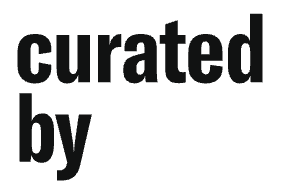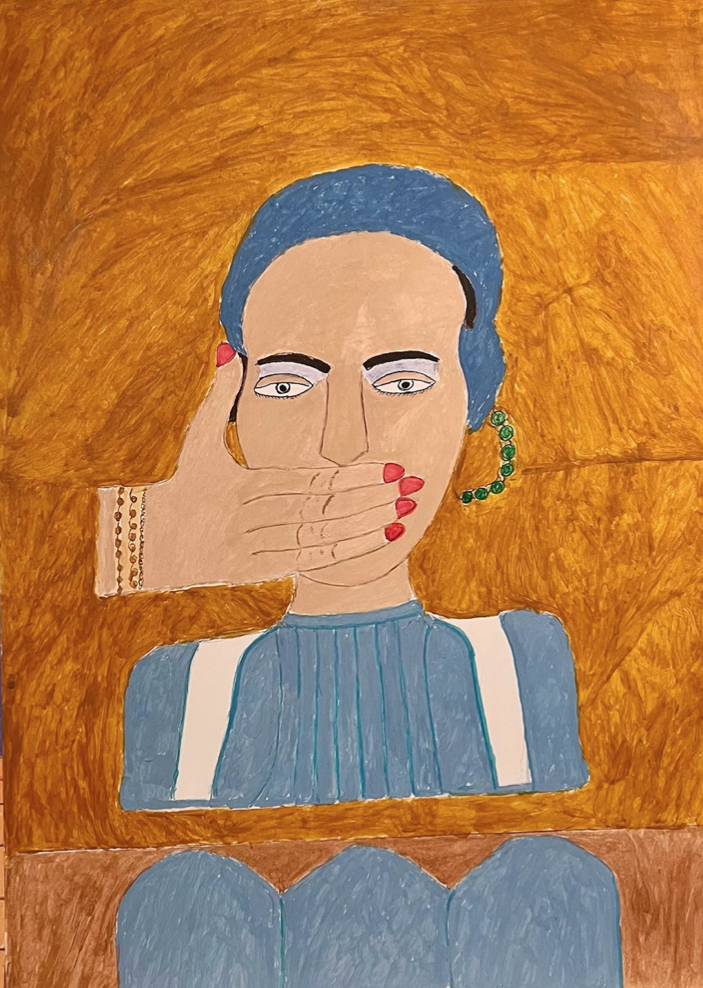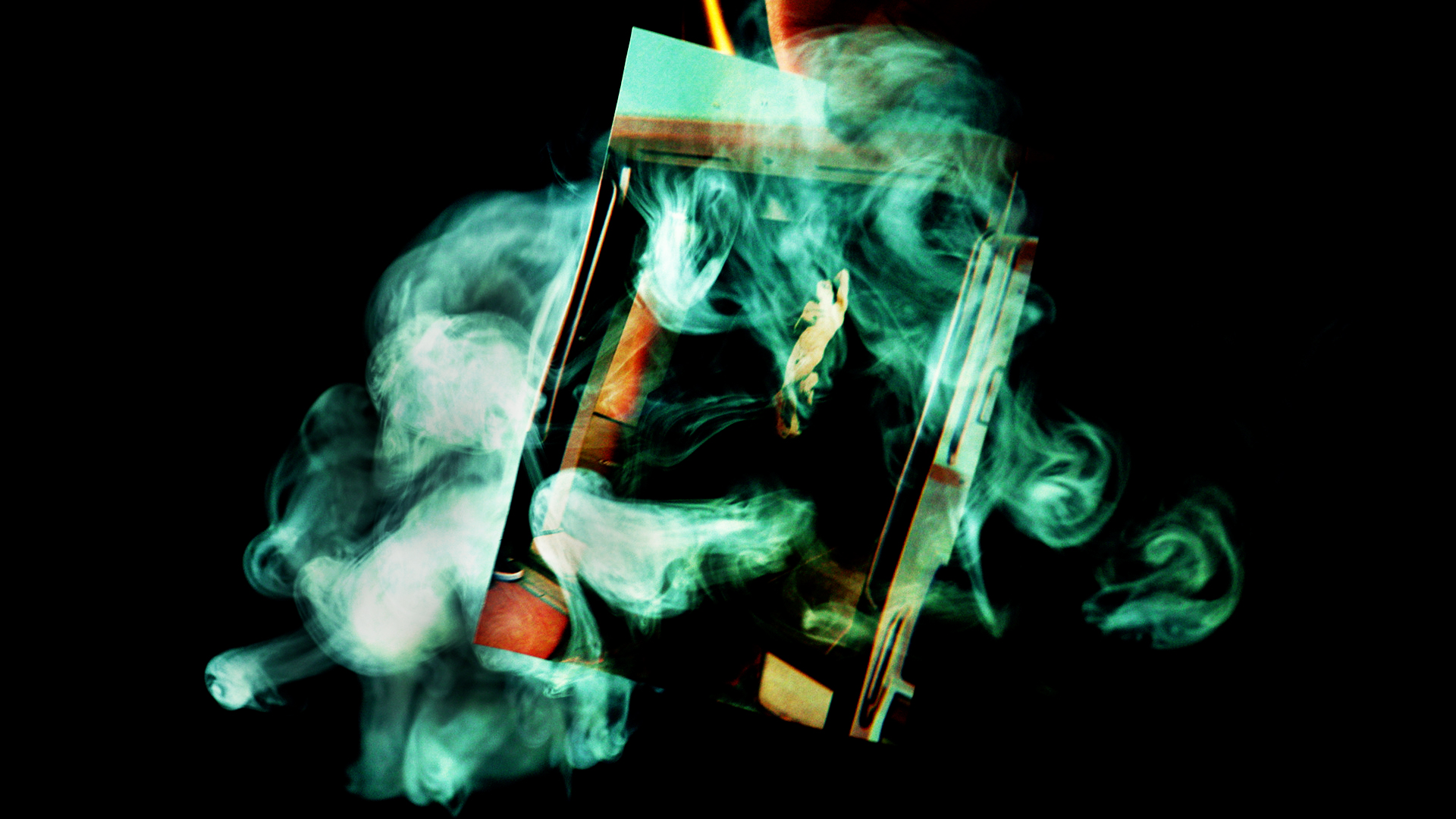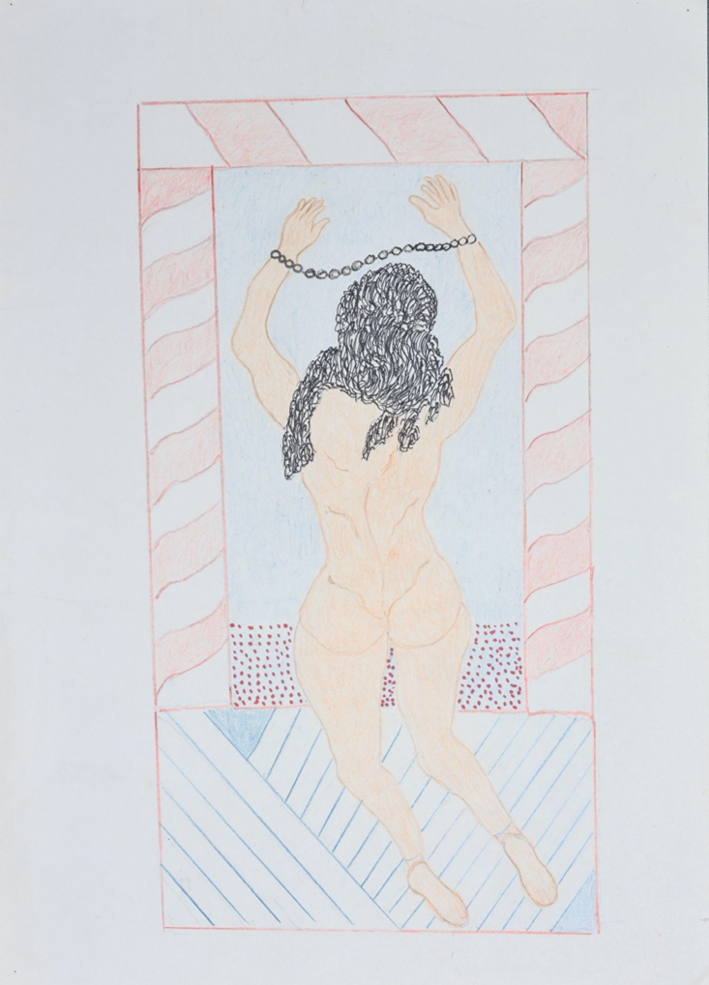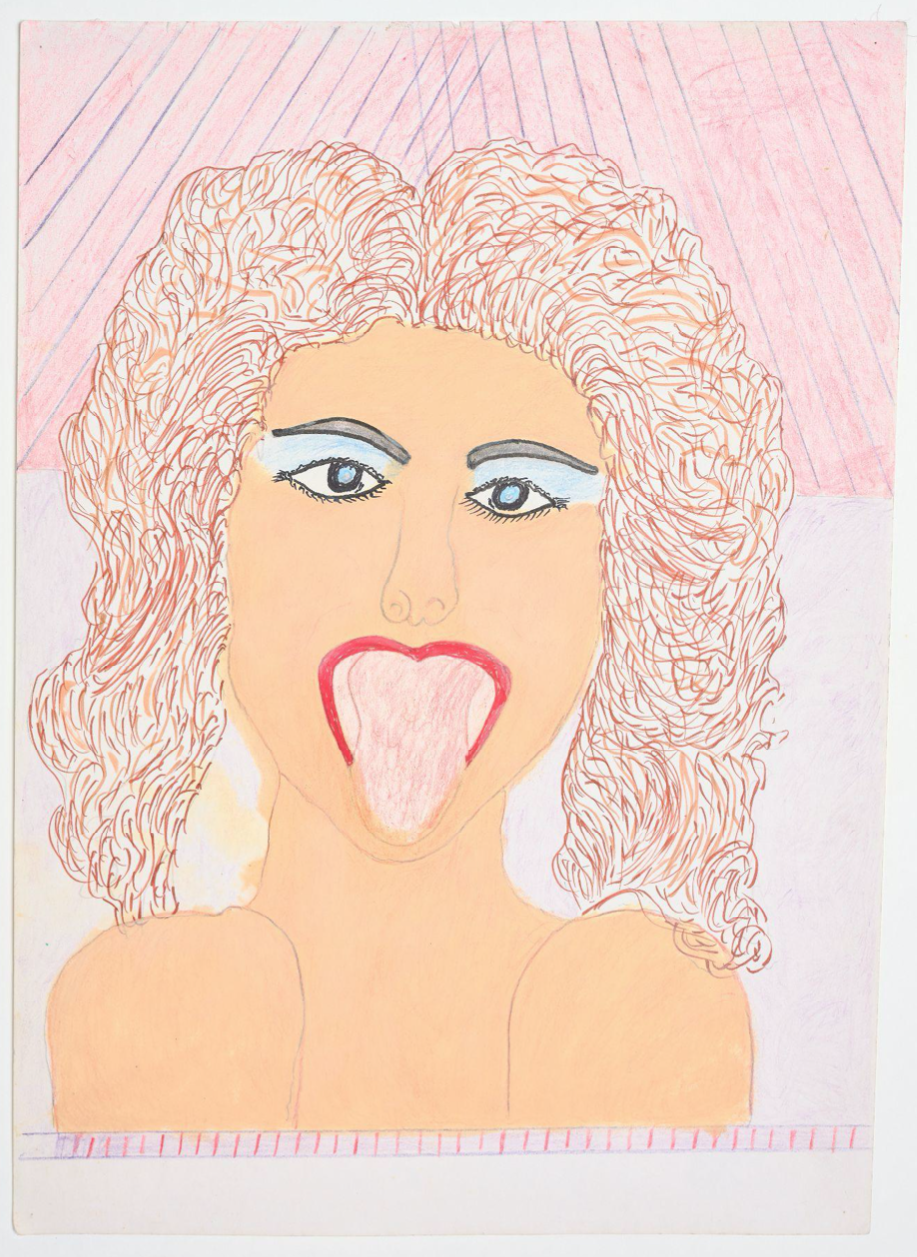silvia steinek galerie curated by Martha Kirszenbaum
„The Captive“

www.galerie.steinek.at
Curator(s):

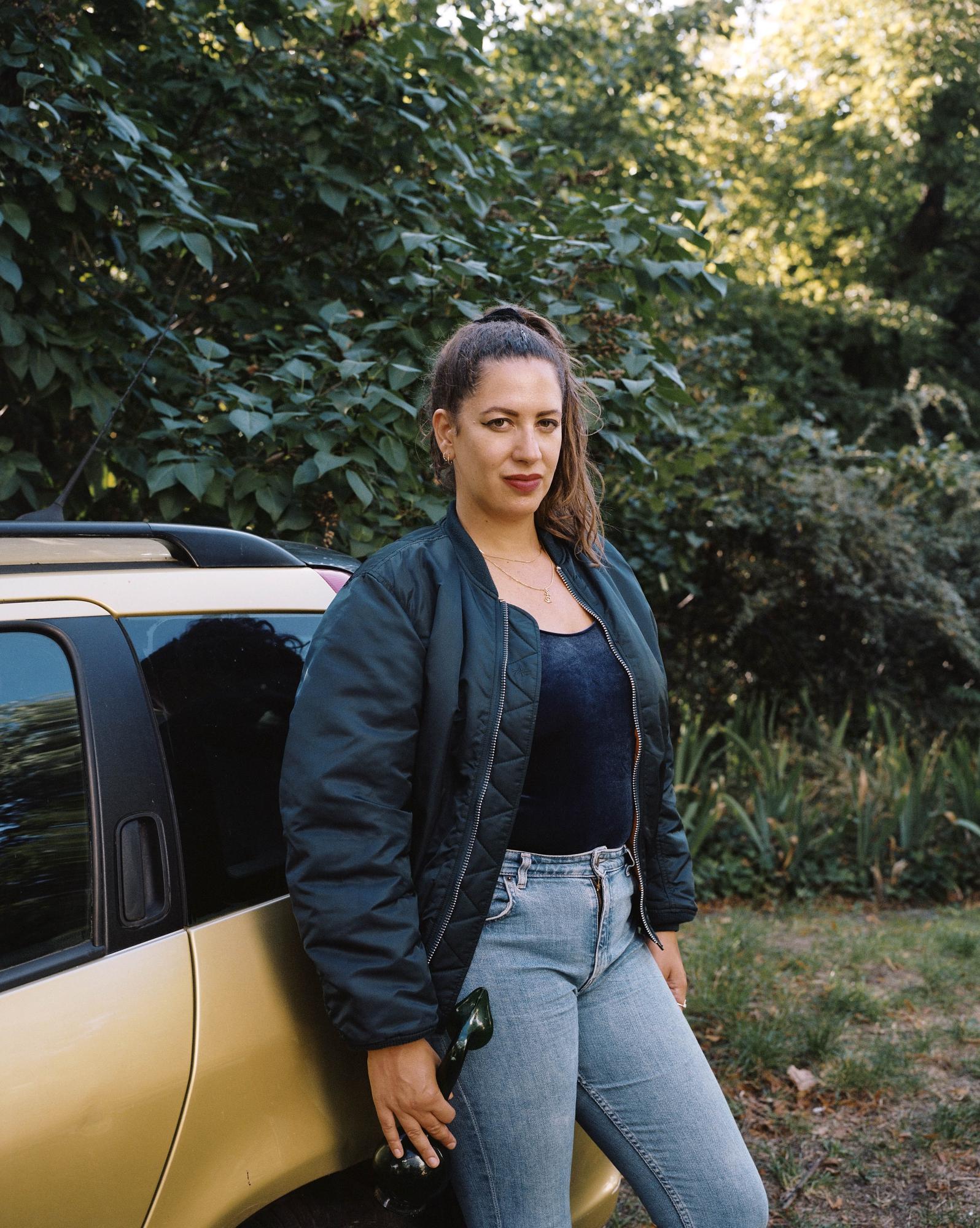
Artist(s):
- Reza Shafahi
- Sadaf H Nava
- Forugh Farrokhzad
Exhibition text
More
The exhibition The Captive takes as a point of departure and source of inspiration the writings of Forugh Farrokhzad, one of the most important and influential modern Iranian poets. It brings together the works of artists Reza Shafahi and Sadah H Nava, born in Iran almost fifty years apart and developing singular practices of drawing, film, performance and music, and whose works are displayed in the gallery alongside two poems by Farrokhzad, The Captive and Bathing.
Considered as a pioneering writer and filmmaker, Forugh Farrokhzad was an iconic figure in Iran in the 1960’s as she incarnated the spirit of revolt against patriarchal and cultural norms. She was a modern Iranian voice controversially depicting female desire and provocatively contesting and breaking taboos around sexuality in the male-dominated society she lived in. In this sense, she became the voice of an entire generation undergoing radical social and cultural changes. Tormented by the gap between her ideal self-image as an artist and her culture’s reductive and repressive vision, she deployed the ambivalent image of the mirror, a gendered symbol of vanity as well as a deceptive tool for self-examination. Reinventing classical imagery in modernist forms, her poetry is one of desire, evoking scandalous content at the time such as female pleasure.
At the age of nineteen, in 1954, she first published a series of incendiary poems as a woman confessing to a sexual awakening in the arms of a man who was not her husband, a deliberate reversal of a thousand years of Persian literature written by men about their lovers, at a time when autobiographical writing by women was nonexistent in Iran. Her first poetry collection, The Captive (1955) spoke openly, and shockingly, of the struggle between artistic freedom and domestic confinement. Later she published The Wall (1956) and Rebellion (1957), exploring themes of universal love, abandonment, exile, and pain. After a trip to Europe in 1958, she started to develop her film and documentary practice. Her last poetry collection, Another Birth (1964) is considered as an ensemble of some of the best structured modern poems in Persian. In 1967, Forugh Farrokhzad was killed in a car accident at the age of thirty-two.
The exhibition comprises 9 works on paper by Reza Shafahi (b. 1940, lives and works in Tehran), evoking themes of eroticism, fetish, and desire, themes that lay at the core of his practice. In his uncanny and affecting drawings and pastels, Shafahi oscillates between imagery echoing traditional Persian miniature or motifs taken from Persian carpets, and a modern palette of bright colours and dancing shapes evoking Henri Matisse. Some of his drawings express subversive erotic fantasies while others are tinged with surrealism and recall cinematic scenes. As a self-taught artist, Shafahi draws his references from Persian classical poets, such as Omar Khayyam and Hafez, but also Forugh Farrokhzad’s poetry of desire; he later illustrated many of her verses. Shafahi and Farrokhzad share a common goal of combining indulgence with the representation of an autobiographical, psychological space and a will to portray humanity truthfully. Abundance and lavishness play a particular role in his aesthetics as his depictions of nature set the backdrop of his narratives through luxurious and enchanted landscape, and illustrate a hidden life of fantasy and transgressive eroticism made of orgies and suggestive scenes. Shafahi’s characters are surrounded by or actually transformed into trees and fruits, symbolizing the incarnation of an inaccessible desire that unfolds in the Garden of Eden.
While he initially started to draw with pencil and black marker on paper, Reza Shafahi’s palette later developed into a unique mix of pastel and vivid tones, through the use of colour pencils, oil, and acrylic paint, providing each work with a touch of glow and softness that seem to be melting into the surface of his drawings. The themes he explores in his paintings and drawings—womanhood, displacement, and personal identity—continue to resonate profoundly today.
Sadaf H. Nava is an Iranian-born New York City-based visual artist and composer, whose multidisciplinary interventions encompass sound, film, painting, performance and text. Her conflicting visuals, sonics and performative tactics oscillate between opacity and storytelling, often layered with cinematic and literary iterations. Her original compositions present a mix of intuitive and contradictory materials inspired by contemporary global sound archaeologies, always flirting with noise, and her visual works follow a similar improvisational process, with a focus on self-portraiture, fragmented narratives and reconstructed memory. Working with disparate sources ranging from opera, traditional Iranian painterly techniques, punk and noise, she fuses oppositional sources.
For the exhibition, Sadaf H Nava has produced a series of eight ink on paper works, which architectural compositions are based on the arches of the infamous Siosehpol Bridge in Isfahan, where the artist was born. Each drawing is named after a poem by Forugh Farrokhzad (Sin, The Wind Up Doll among others) and comprises visual elements from those specific poems, such as windows, curtains, roses or cherries. In her video entitled Nostalgia for Holis, she pays homage to American experimental filmmaker Hollis Frampton's seminal 1971 experimental video work, titled "Nostalgia" —a witty, hypnotic account of his experiences as a photographer in New York City in the early 1960s. Nava’s video unravels the action of burning tourist photographs taken by the artist herself as an attempt to overcome false memory, a romantic manifestation of anti-nostalgia. These images seem to echo the profound melancholy that infuses all of Farrokhzad’s poems, while the fire evokes an important part of Persian and Zoroastrian culture. The soundtrack of the film is based on an improvised score bringing together different violon and electronic noise compositions tailored to the video.
The exhibition will be enhanced by a live performance by Sadaf H Nava, based on the poem Another Birth, and taking place in the gallery space on the opening night.

